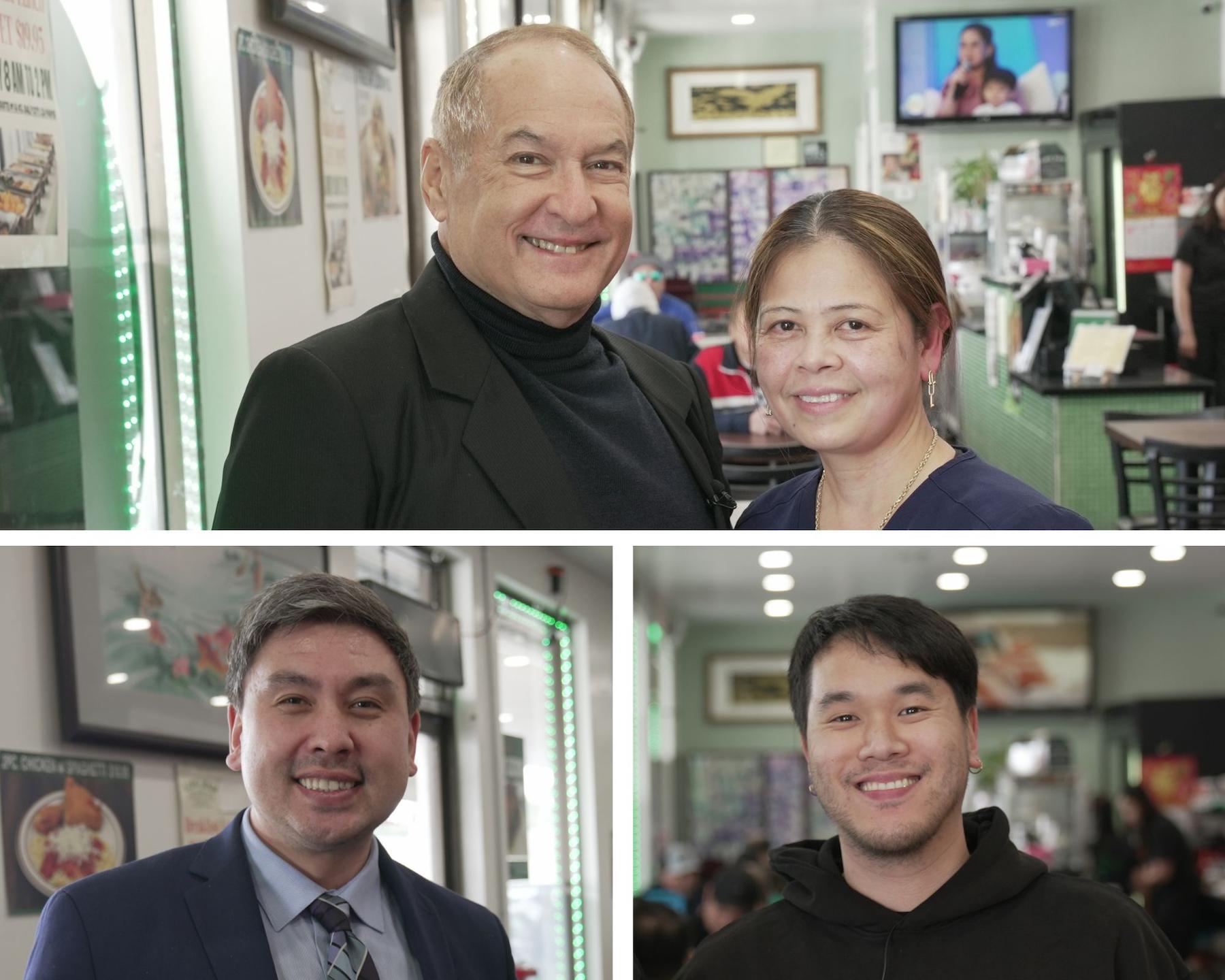(Part 1 of 2)
Back in the 70’s and early 80’s, when the New People’s Army (NPA)and other militant organizations were a potent disruptive force in Philippine society even if the country was also under martial rule, seeking asylum in the United States was an option to Filipino nationals who were at odds with either or both of the groups. They sought asylum because their political affiliation put them and their families’ lives in real danger, a country like the United States was a safe haven. Of course, not all asylum requests are granted, only meritorious cases backed by solid evidence. No judge would like to hear a “made up” story.
Today, seeking asylum, based on socio-political threats that existed 30 years ago, political persecution, perpetual dictatorship under the Marcos regime, assasinations, etc… ,seem like a thing of the past, really. Surprisingly, there is a new wave of fear among Filipino nationals triggered by recent news of: (a) the widespread “unaccounted for” killings all over the nation attributable to the executive “war on drugs”; (b) that there is a growing influx of ISIS terrorists (“anti-western militant group” working towards building a unified Islamic state in Mindanao, a region that is predominantly Muslim), and, (c) the threat of the president having to declare martial law if peace and order will be difficult to maintain due to these major problems plaguing the country.
Is seeking asylum an option, for instance, for those who would have been persecuted or tortured or are under constant fear because of the unfounded suspicions of his or her affiliation with the national emergency called drugs? Asylum is sought to avail of protection from the United States if one is being persecuted or fears that he/she will be persecuted “due to race, religion, political opinion, nationality or membership in a particular group” in the country of origin. It is akin to applying to become a refugee in the U.S. The difference, asylum is applied for when one is physically present in the US; while a refugee applies when he/she is still out of the country. Both of these applications have very stringent standards, do not ever forget extreme vetting . As in all other applications for immigration benefits, the standard rule applies, DO NOT EVER LIE. Asylum has to be filed within one (1) year from entry. Asylum is a known concept; but there are 2 other alternative reliefs that can be applied for when asylum applications are submitted, [1) withholding of removal; and (2) protection under the U.S. Convention against Torture (CAT)]. These 2 alternatives do not require that the application be filed within a year from entry. These 2 alternatives will also allow an applicant, if granted, to stay in the U.S., but no path to citizenship is available to them. For nationals of other countries specifically defined by the U.S. government to be qualified, such as Honduras, El Salvador, Nicaragua, etc., other reliefs, such as filing for a TPS (Temporary Protected Status) is further available when present in the country or applying at the port of entry.
Asylum seekers (as well as refugees) are provided with a path to citizenship if the application is granted. They are allowed to apply for the same privileges for their spouse and children, such as a green card and eventually, U.S. citizenship. If facts will support the case for asylum, it is worth the try.
* * *
Maria Rita Reyes-Stuby is a licensed attorney in Michigan. She is a graduate of the University of the Philippines College of Law. She specializes in immigration and practices in Las Vegas, Michigan, California and other states. Bernadette Bretana, a graduate of the Ateneo Law School and Ms. Stuby are licensed attorneys in the Philippines. Please call @702-403-4704 or email her at stubylaw@aol.com or go to www.mrstubylaw.com for any questions on this article.






